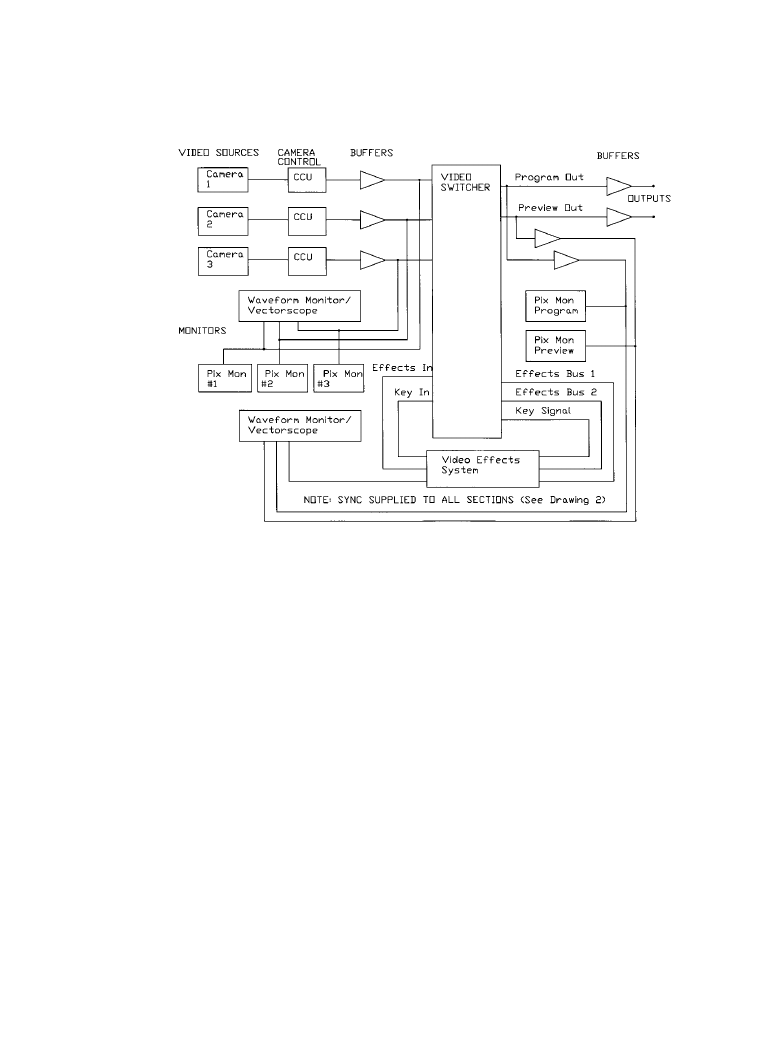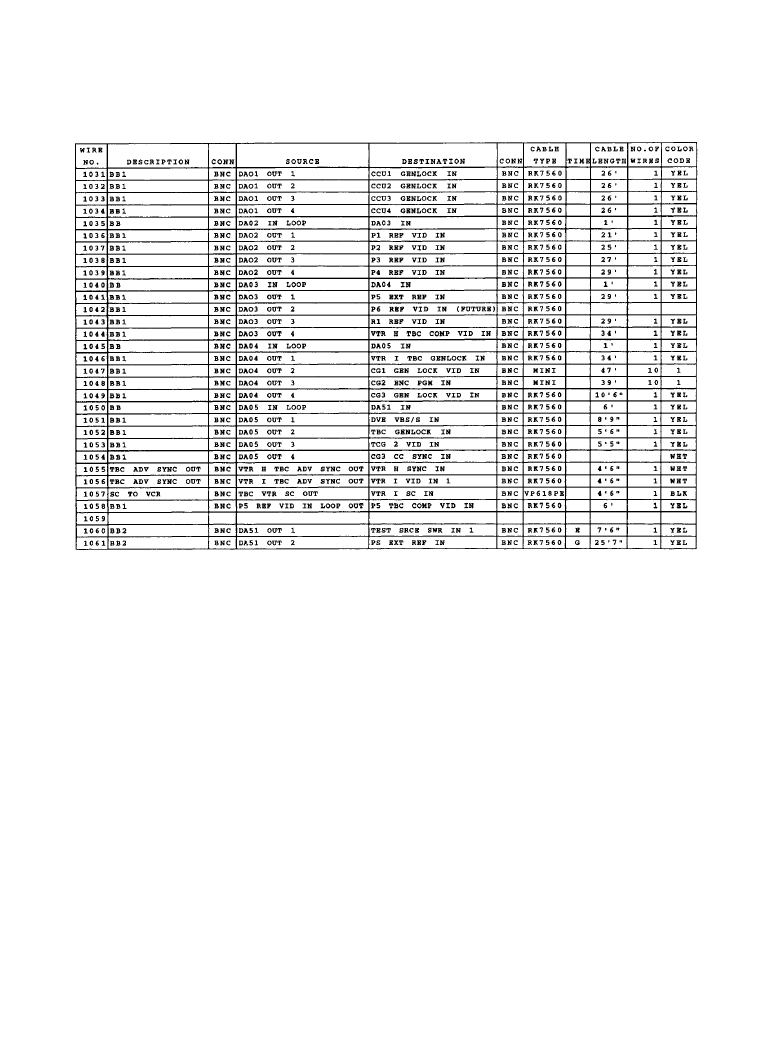ВУЗ: Казахская Национальная Академия Искусств им. Т. Жургенова
Категория: Книга
Дисциплина: Не указана
Добавлен: 03.02.2019
Просмотров: 21698
Скачиваний: 19

Production Facility Design 10-19
•
Date prepared
•
Project name
•
Project description
•
Start date
•
Completion date (the date this part of the project was completed)
•
Total material cost
•
Labor cost breakdown
•
Preparer’s name
10.2.2c
Change Order
After all or part of a project design has been approved and money has been allocated, any
changes may increase or decrease the cost. Several factors can affect the cost:
•
Material
•
Resources, such as labor and special tools or construction equipment
•
Costs incurred because of manufacturing or construction delays
Management should know about such changes, and will want to control them. For this reason, a
method of reporting changes to management and soliciting its approval should be instituted. The
best way to do this is with a change order request or change order. A change order includes a
brief description and reason for the change and a summary of the effect it will have on costs and
the project schedule.
Management will exercise its authority to approve or disapprove each change, based upon its
understanding of the cost and benefits and the perceived need for the modification of the original
plan. Therefore, the system engineer should provide as much information and explanation as
may be necessary to make the change clear and understandable to management.
A change order form, containing the minimum information, should include the following
items:
•
Project number
•
Date prepared
•
Project name
•
Labor cost breakdown
•
Preparer’s name
•
Description of the change
•
Reason for the change
•
Equipment and materials to be added or deleted
•
Material costs or savings
•
Labor costs or savings
Downloaded from Digital Engineering Library @ McGraw-Hill (www.digitalengineeringlibrary.com)
Copyright © 2004 The McGraw-Hill Companies. All rights reserved.
Any use is subject to the Terms of Use as given at the website.
Production Facility Design

10-20 Audio Production Standards, Equipment, and System Design
•
Total cost of this change (increase or decrease)
10.2.3 Electronic System Design
Performance standards and specifications must be established in advance for a technical facility
project. This will set the performance level of equipment that is acceptable for the system and
affect the size of the budget. Signal quality, stability, reliability, and accuracy are examples of the
kinds of parameters that must be specified. Access and processor speeds are important parame-
ters when dealing with computer-driven products. The system engineer must confirm whether
selected equipment conforms to the standards.
At this point, it must be determined what functions each component in the system will be
required to fulfill, and how each will perform with other components in the system. The manage-
ment and operation staff usually know what they would like the system to do, and how they can
best accomplish the task. They should select equipment that they think will do the job. With a
familiarity of the capabilities of different equipment, the system engineer should be able to con-
tribute to this function/definition stage. The following is a list of questions that must be
answered:
•
What functions must be available to the operators?
•
What functions are secondary and, therefore, not necessary?
•
What level of automation should be required to perform a function?
•
How accessible should the controls be?
Over-engineering or over-design must be avoided. Such serious and costly mistakes are often
made by engineers and company staff when planning technical system requirements. A staff
member may, for example, ask for a feature or capability without fully understanding its com-
plexity or the additional cost it may impose. Other portions of the system may have to be com-
promised to implement the additional feature. An experienced system engineer will be able to
spot this and determine whether the trade-offs and added engineering time and cost are really
justified.
When existing equipment is used, an inventory list should be made. This is the preliminary
part of a final equipment list. Normally, when confronted with a mixture of acceptable and unac-
ceptable equipment, the system engineer must determine what meets current standards and what
should be replaced. Then, after soliciting input from facility technical personnel, the system
engineer develops a summary of equipment needs, including future acquisitions. One of the sys-
tem engineer’s most important contributions is the ability to identify and meet these needs within
the facility budget.
A list of major equipment is then prepared. The system engineer selects equipment based on
experience with the products and on owner preferences. Existing equipment is often reused. A
number of considerations are discussed with the facility owner to determine the best product
selection. Some major points include:
•
Budget restrictions
•
Space limitations
•
Performance requirements
Downloaded from Digital Engineering Library @ McGraw-Hill (www.digitalengineeringlibrary.com)
Copyright © 2004 The McGraw-Hill Companies. All rights reserved.
Any use is subject to the Terms of Use as given at the website.
Production Facility Design

Production Facility Design 10-21
•
Ease of operation
•
Flexibility
•
Functions and features
•
Past performance history
•
Manufacturer support
The system engineer’s goal is to choose and install equipment that will meet the project’s
functional requirements efficiently and economically. Simplified block diagrams of the video,
audio, control, data, RF, and communication systems are drawn and then discussed with the
owner and presented for approval.
10.2.3a
Developing a Flow Diagram
The flow diagram is a schematic drawing used to show the interconnections among all equip-
ment that will be installed. It differs from a block diagram because it contains much more detail.
Every wire and cable must be included on these drawings. Figure 10.2.1illustrates a typical flow
diagram of a postproduction facility.
Figure 10.2.1
Example flow diagram of a small postproduction facility.
Downloaded from Digital Engineering Library @ McGraw-Hill (www.digitalengineeringlibrary.com)
Copyright © 2004 The McGraw-Hill Companies. All rights reserved.
Any use is subject to the Terms of Use as given at the website.
Production Facility Design

10-22 Audio Production Standards, Equipment, and System Design
The starting point for preparing a flow diagram can vary depending on the information avail-
able from the design development phase of the project, and on the similarity of the project to pre-
vious projects. If a similar system has been designed previously, the diagrams from that project
can be modified to include the equipment and functionality required for the new system. New
equipment models can be shown on the diagram in place of their counterparts, and minor wiring
changes can be made to reflect the new equipment connections and changes in functional
requirements. This method is efficient and easy to complete.
If the facility requirements do not fit any previously completed design, the block diagram and
equipment list are used as a starting point. Essentially, the block diagram is expanded and details
are added to show all of the equipment and interconnections, and to show any details necessary
to describe the installation and wiring completely.
An additional design feature that is desirable for specific applications is the capability to dis-
connect a rack assembly easily from the system and relocate it. This would be used if a system
was pre-built at a system integration facility and later moved and installed at the client’s site.
With this type of situation, the interconnecting cable harnessing scheme must be well planned
and identified on the drawings and cable schedules.
10.2.3b
Estimating Cable Lengths
Cable lengths are calculated using dimensions taken from the floor plans and rack elevations and
should be included on the cable schedule. The quantity of each cable type can then be estimated
for pricing and purchasing. A typical cable schedule database printout is shown in Figure 10.2.2.
10.2.3c
Signal Timing Considerations
For certain signal paths, the length of the cable connecting two pieces of equipment may criti-
cally affect the timing relationship of that signal as it relates to others in the system. Calculate
these critical cable lengths and include them on the cable schedule.
Electrical signals travel through cable at a velocity determined by the physical properties of
the cable. Using the published value for the velocity of propagation, calculate the amount of
delay in a given length of cable. The velocity for video cables may vary from 66 percent to 78
percent, depending on the manufacturer. The delay may also be determined experimentally by
simply measuring the amount of delay produced in a given length of cable being used.
When building a facility that has critical timing requirements, keep cables as short as possible
to minimize signal attenuation and crosstalk. This requires keeping interconnected equipment as
close together as possible. It is best to locate all of the distribution equipment in the same or adja-
cent racks. Because most video cabling among distribution elements must be timed or of match-
ing lengths, short cables make the job manageable, and, at the same time, cable costs are kept
low.
Cable Loss and Equalization
The high frequency response of a cable decreases with increasing frequency. The loss can be
compensated for by using an equalizing amplifier with a response curve that complements the
cable loss. For video applications, a typical distribution amplifier (DA) has six outputs isolated
from one another by fan-out resistors. Because the equalization is adjusted to produce a flat
Downloaded from Digital Engineering Library @ McGraw-Hill (www.digitalengineeringlibrary.com)
Copyright © 2004 The McGraw-Hill Companies. All rights reserved.
Any use is subject to the Terms of Use as given at the website.
Production Facility Design

Production Facility Design 10-23
response at the end of a length of a specific type of cable, all of the cables being driven by the
amplifier must be the same type and length.
10.2.3d
Facility Design Process
The best way to design a facility is to begin with the architectural drawings of the existing build-
ing or planned construction. If architectural drawings are not available, it is necessary to have the
architect prepare them. For small renovation projects, the system engineer may prepare the
needed drawings to plan equipment layout.
Before any details are confirmed, a site visit should be made to record and confirm building
space dimensions, clearances, and access to building services. Also, existing rack and console
dimensions and locations should be measured. If the site is some distance away, photograph
important elements, such as existing construction details or current equipment configurations, to
reduce the need to travel back to the site.
Figure 10.2.2
Wiring database printout for a portion of the facility illustrated in Figure 10.2.1.
Downloaded from Digital Engineering Library @ McGraw-Hill (www.digitalengineeringlibrary.com)
Copyright © 2004 The McGraw-Hill Companies. All rights reserved.
Any use is subject to the Terms of Use as given at the website.
Production Facility Design